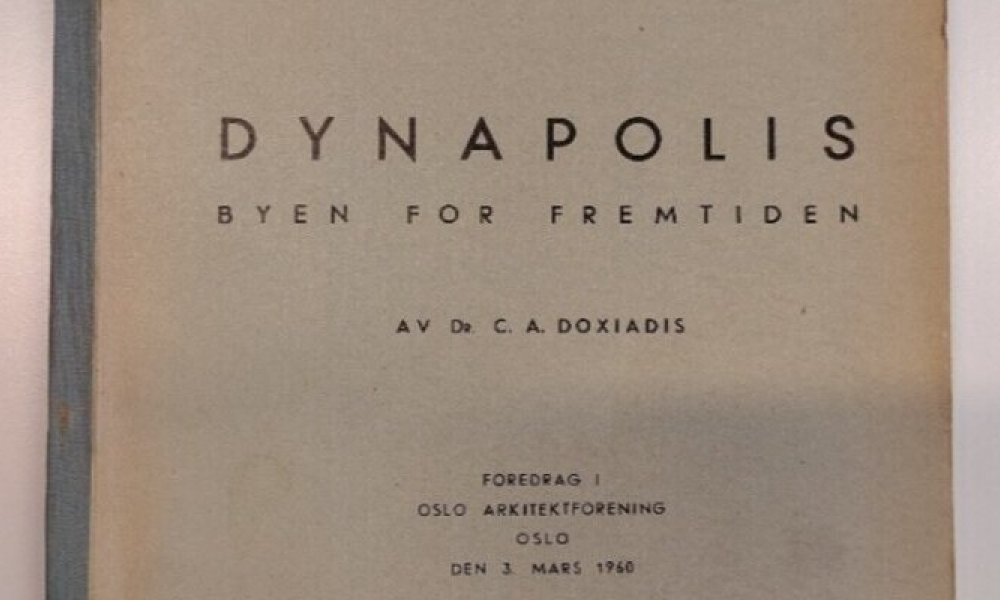Diving into the depths of knowledge from the past, the most interesting questions to discover were firstly: What was perceived to be the ideal city back in 1960? Secondly: how did the urban planners, architects and engineers think the ideal city would look like in the future? Finally, what was the destiny of the perceived best and worst cities at the time, now that we know what happened?
The ideal city: 1960 edition
Most cities of today were built for hundreds or thousands of years ago. They were designed for static socioeconomic development, not the rapid technological race we see today, with population growth and better longevity in most cities. Cities have moved from a static state to a growing state, expanding with increased urbanization.
Doxiadis noted that in 1960, a new dimension of the city had risen: The ability to build tall buildings. It enabled humans to live not on the first floor, but the hundredth floor. This game-changer made it easier to build dense urban habitats which freed up space and reduced urban sprawl.
A quote which reflected the imagination at the time: “When mobility is concerned, we have just realized how the automobile has implications for humans. Our cities are designed for horses, not cars. There are no roundabouts, no parking spaces. Humans have been directed to crowded pavements, while the car has gotten the better part of the street which used to be for pedestrians. The Age of the Machine has arrived, so all cities need to change accordingly. It has improved the population’s radius, enabled housewives to leave the house in their own car, but it also poses risks to the soft humans that stand no chance against the hard, speedy machines. Cities need to be planned differently to make them safer”.
Dynapolis – The Dynamic City of the Future
The author suggested that the ideal future city should be called “Dynapolis”, from “dynamic polis” or the dynamic city. It should grow along a pre-planned expansion border. This expansion needed to be squared, since it suited the automobile. The right way to go was a city that addressed all humans’ needs with joint purpose, which enabled all economic, social, political, aesthetic and cultural demands. The ideal city should be democratic, where all citizens are satisfied and have equal opportunities for progress. “We need to study the root cause of social problems, plan for population growth and the machines influence on human behaviour, and integrate future mobility patterns like helicopters and maybe even roquets, which may soon become part of regular traffic” [...!]
When it came to social wellbeing, the author was optimistic concerning technological development: “The colossal increased productivity followed by new technology means that the four-workday-week will soon be here. How will more leisure time affect traffic patterns?”. Furthermore, the importance of smooth mobility was as important then as it is today: “It is uneconomical to ask workers to travel longer than necessary between their home and workplace, wasting their valuable leisure time on commuting”. Future mobility received attention in the book: “Helicopters have entered the airspace. Will we see houses with their own helipads in the future? We need to plan for the future city, the current ones are no longer liveable”.
The rapid urbanization was already an issue back in 1960: “Past cities expanded in a controlled manner of maybe 0.5 % per year. Now, the rate is more likely to be 3 % - 5 % per year”. The need for foresighted urban planning was highlighted as a solution to mitigate congestion and pollution: “Cities of the past were built for humans. Cities today must be built for humans and cars. Cities of tomorrow must be planned for humans, cars and airplanes or helicopters. Cities far into the future must be planned for humans, cars, airplanes and roquets”.
While we still can’t exclude a future in which roquets carrying humans are part of daily traffic, it seems less likely today than in the space-race-excitement of 1960, which led to the legendary moon landing of Apollo 11 on July 16 in 1969. Electrical vertical take-off and landing aircrafts (eVTOL) are perhaps the closest we got so far. However, with drone delivery by Amazon’s Prime Air already a reality, the argument can be made that Doxiadis’ vision has indeed come to life.
Destiny of the case cities
Several cities were highlighted as cases in the book to illustrate destructive and constructive examples of urban development. Paris was considered a failure in 1960, because it was “only built for the rich” and hard to navigate the traffic. The message in the book was the need to “plan for all, not for the few”. Today, however, Paris is oftentimes an example of a splendid city which both has taken care of historical buildings, dense semi-high-rise built environment, plenty of parks and river boulevards. Paris got a super complex water management system as early as Napoleon’s days, and recently showcased in the Olympic Games (https://www.storebrand.com/sam/international/asset-management/insights/solutions-spotlight-blog/solutions-spotlight-folder/olympic-energy-efficiency).
Baghdad, on the other hand, was highlighted as an exemplary future-ready city. In 1960, before decades of warfare, the capitol of Iraq was built neatly and effectively with a pre-planned scaling for growth. While Baghdad most certainly was a beautiful image at the time, the scars of war have set back the urban development and safety of its inhabitants with decades and decades.
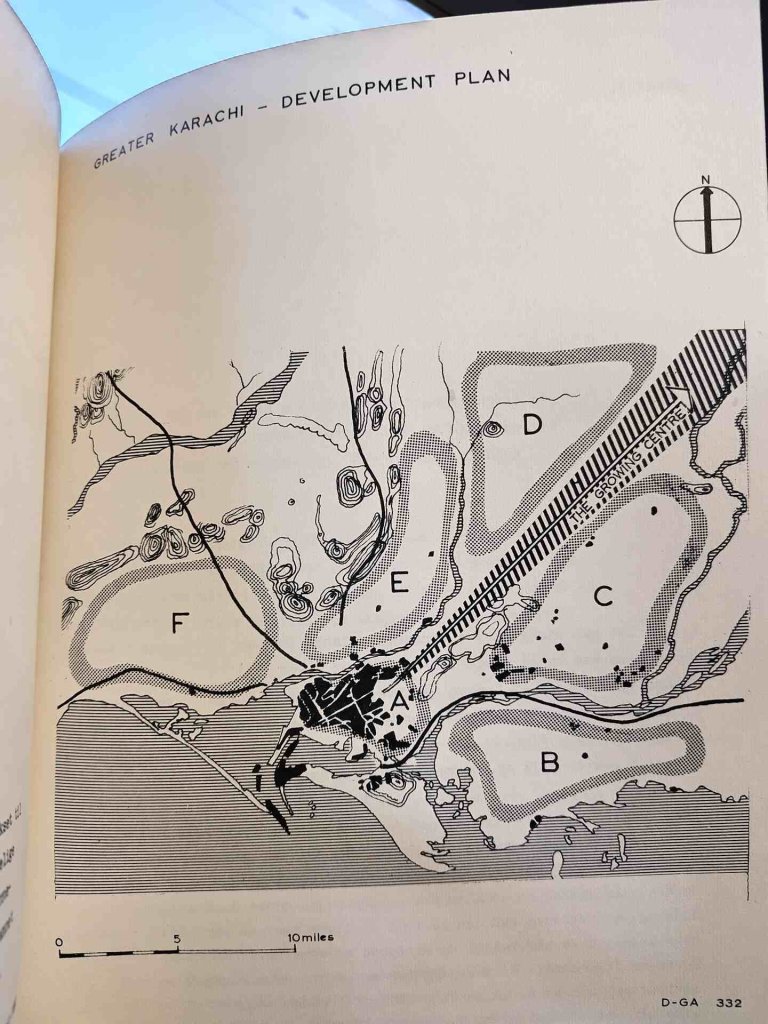
Athens in Greece was recommended to start a new city centre outside the current one, to enable unhindered growth. London, Moscow, New York and Tokyo were also examples of cities which had such integrated structures that it was recommended to build a new heart of the centre outside to make everything more structured, with a few lifelines of transport to access the old city centres. Caracas in Venezuela had to be creative in expansion, due to the surrounding mountains, not unlike Bergen in Norway but on a larger scale. Bagdad had the river Tigris to build around, so the author suggested to move the city centre to the other side of the riverbank.
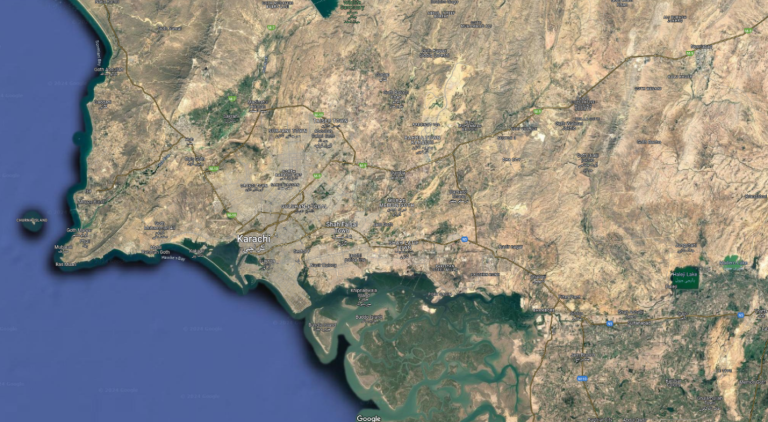
Karachi, which until 1959 had been the capital of Pakistan, was one of the disastrous examples of a city that had grown too fast. The author thought that if the city would not change into a Dynapolis, it would die. Luckily, it managed the adaptation, and has as a matter of fact expanded much like the model suggested. Although Islamabad is the capital today, Karachi is still Pakistan’s largest city and the economic motor of the country.
Beirut, the capital of Lebanon, had troubles expanding due to mountain range. Karthoum was at the time the brand-new capital of Sudan, after a merger of three cities: Karthoum, Karthoum North and Omdurman. It was plagued with expansion across too many riverbanks with the blue and white river Nile. Washington D. C. was mentioned as a successful case, since urban planners were able to utilize large areas near the city centre which could be redeveloped and expanded in a dynamic manner without ruining the current structure.
Thoughts from the present
While many cities were mentioned, one city I missed was Brazil’s capital Brasilia, which was inaugurated in 1960. Perhaps it was still too new to be discussed in the book? Switching back to today, the importance of a dynamic city and solid plans for future expansion still holds. Thought immediately goes to Indonesia, which is planning to move its capital from Jakarta to Nusantara due to the rapidly sinking capital with massive congestion and infrastructure challenges. The new capital is estimated to cost a staggering USD 35 billion, and won’t be finished before 20453. It may be much cheaper to plan for structured expansion from the start, though in practice it seems easier said than done. While roquets have still not become part of regular traffic, and seems unlikely to do so in the near future, it is interesting to ponder on the past to learn more of the ways cities have evolved. Though we cannot predict the future, time travel in the form of books proves that knowledge is rarely lost, and that it has even been incorporated into many cities’ urban development anno 2025 as well.
A fair point which is still highly relevant today, is the difference between constructing a brand-new city from scratch, and renovating an already existing city. The smart city Songdo in Korea or Singapore are easier to modernize than Stockholm, Copenhagen, Helsinki or Oslo. The focus on equality, urban planning and smart mobility were the three most important focal points in the book. Interestingly, Storebrand started two dedicated funds in 2021, Storebrand Equal Opportunities and Storebrand Smart Cities, both constructed to give exposure to companies that contribute to build precisely smart cities that enable equal opportunities for inhabitants. While the inspiration is founded on the decades of urbanization and the emergence of the common plan for sustainable development: the UN Sustainable Development Goals, the underlying logic is strikingly similar as the thought leaders of 1960.
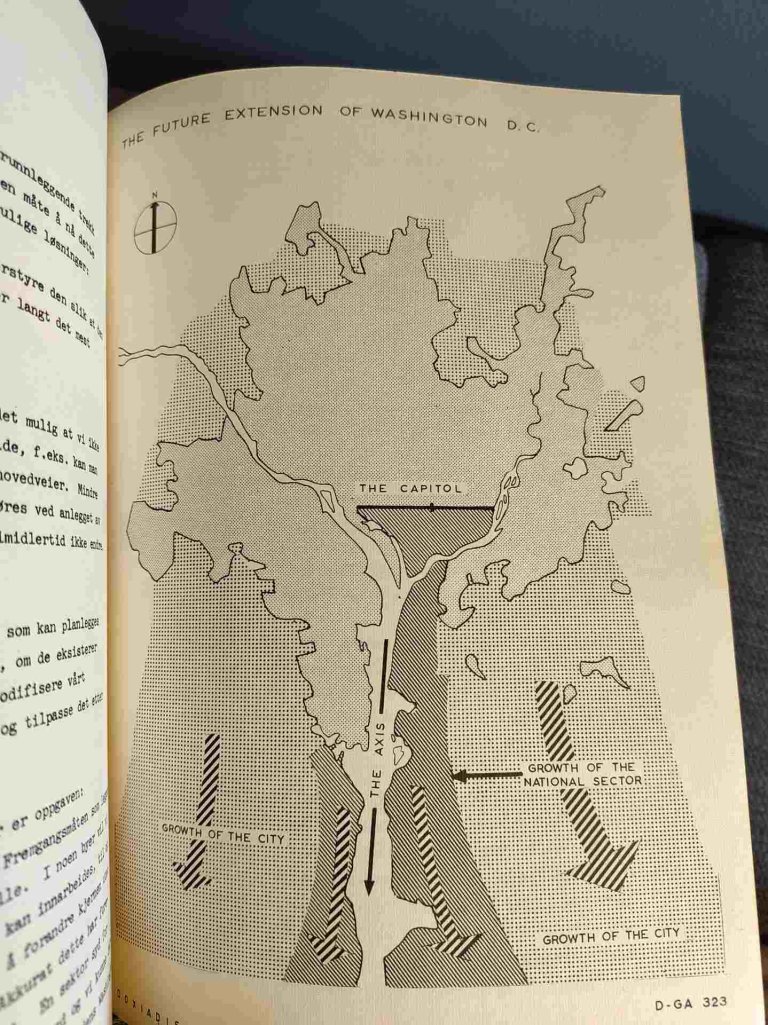
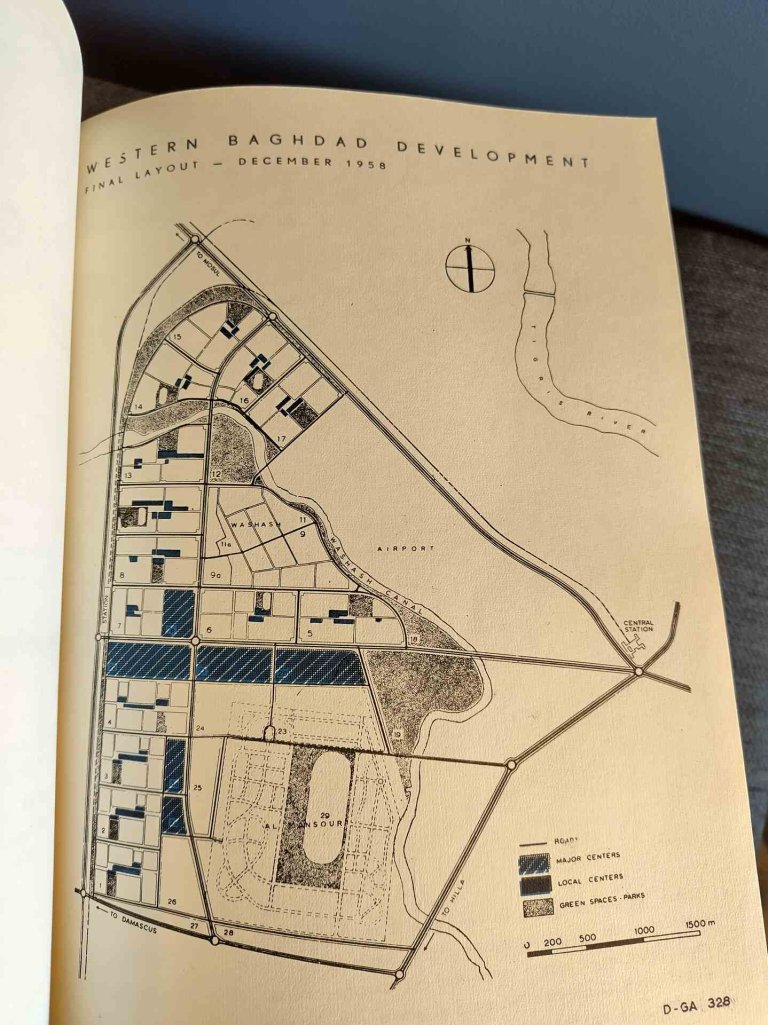
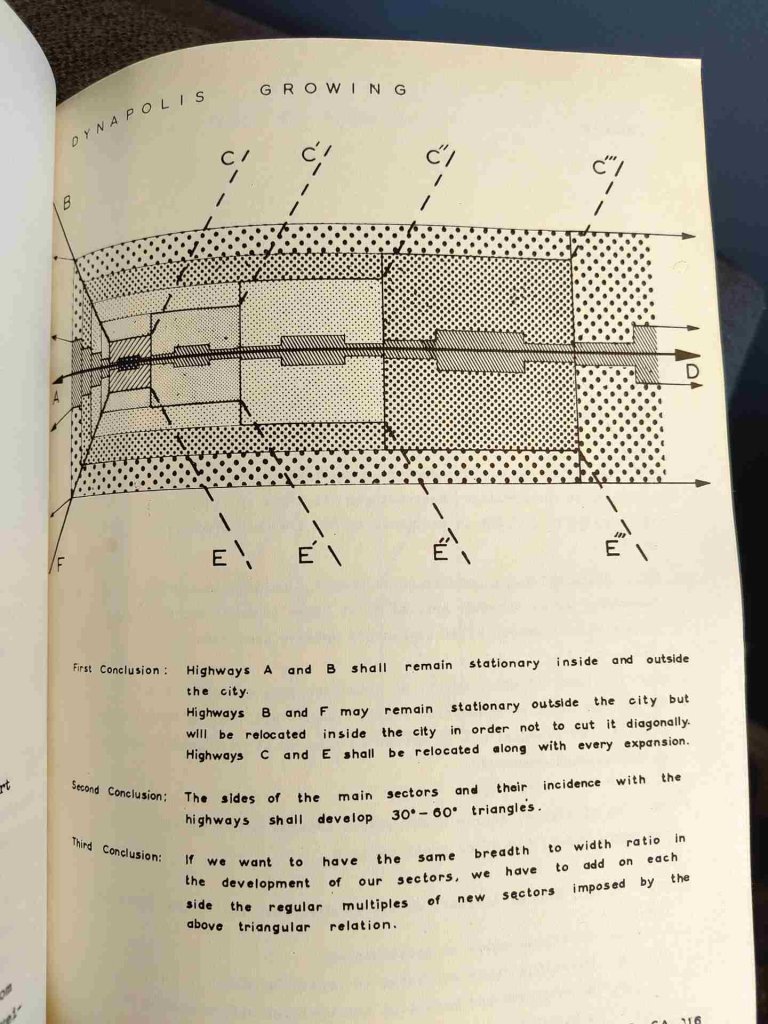
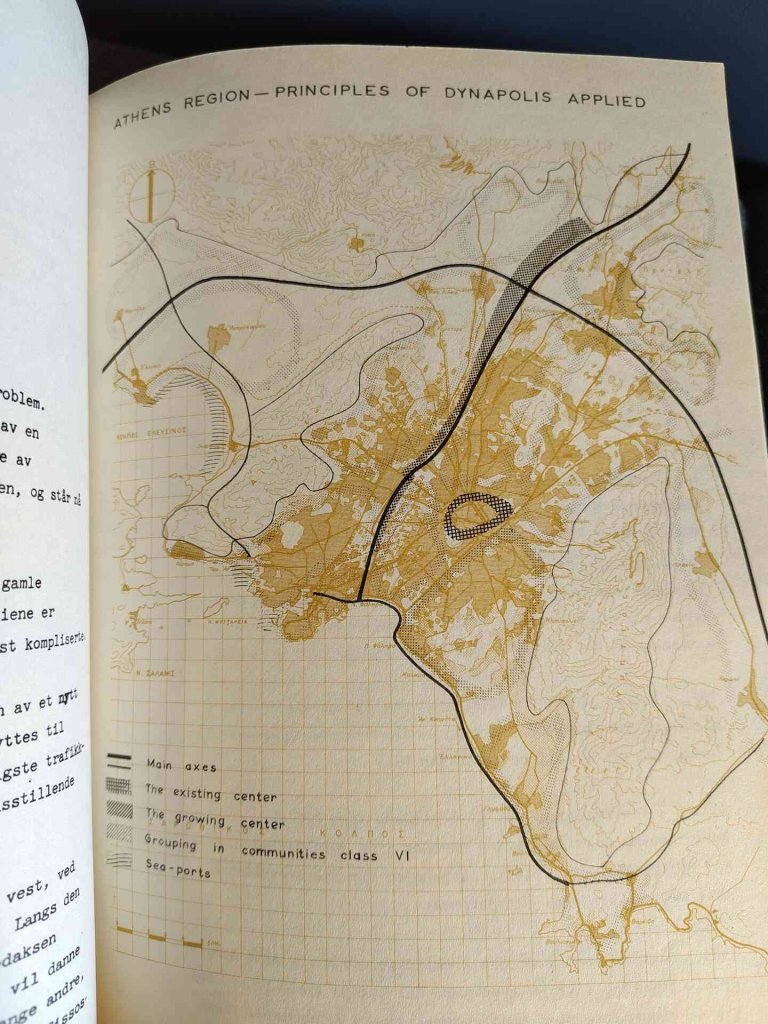
Sources:
[1] Doxiadis, About us, https://doxiadis.com/about-us/
[2] Arkitektforbundet, About us, https://www.arkitektforbundet.no/english/
[3] Oxford Economics, A capital is born, https://www.oxfordeconomics.com/resource/a-capital-is-born-the-impact-of-indonesia-moving-its-capital-city/
